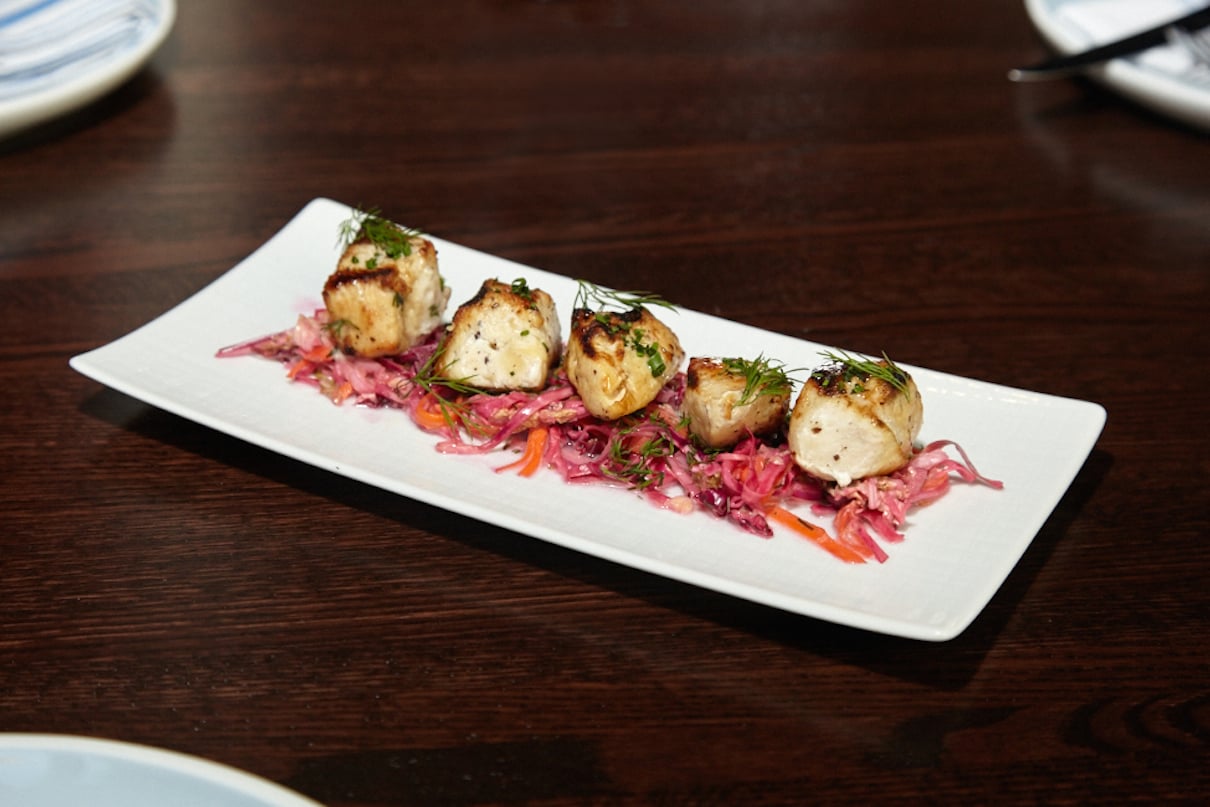In the fall—prime time for pumpkin and squash—the farm stand at Butler’s Orchard in Germantown can look like something out of Alice in Wonderland. Here are some of the wonders of nature we found one autumn day.
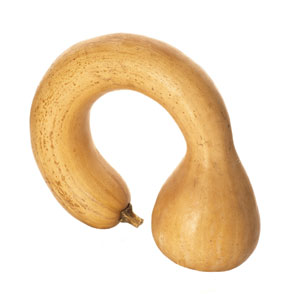 Long Neck PumpkinA swan-like neck and hefty size—it can grow to 20 pounds—distinguish this versatile heirloom beauty, also known as Pennsylvania Dutch crookneck squash. Best for baking and pies. |
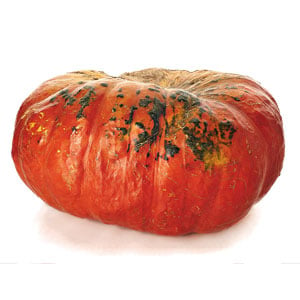 Cinderella PumpkinOne of the prettiest pumpkins on the stand, this French heirloom variety is named after the fairy-tale heroine’s carriage-turned-pumpkin. Best for canning and pies. |
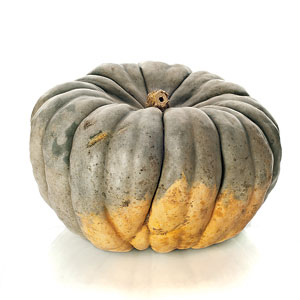 Australian Blue PumpkinPale blue outside, brilliant orange inside, this stunner has an extremely long shelf life—it can last up to a year. Best for roasting, soups, and muffins. |
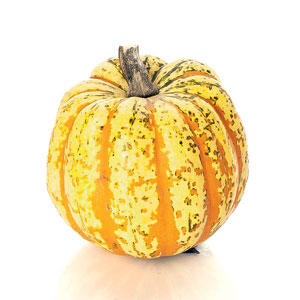 Carnival SquashThis cross between acorn and sweet dumpling squashes, which looks as if it’s been showered with confetti, is one of the sweeter varieties. Best for baking, steaming, and soups. |
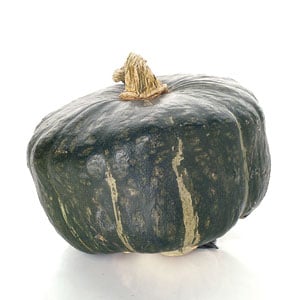 Buttercup SquashThis turban-shaped squash’s meat is so sugary it can sub for sweet potatoes. Look for the heaviest ones with the thickest skins. Best for baking, mashing, and soups. |
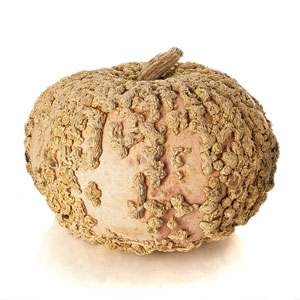 Peanut PumpkinThis variety, the pug of the pumpkin family, is loved for its odd exterior: Excess sugar causes its skin to crack and peanut-shell-shaped warts to form. Best for breads and purées. |
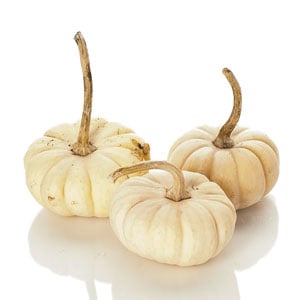 Baby Boo PumpkinAlthough edible, this tiny, ghostly white orb seems made for a Martha Stewart-approved centerpiece. Best way to serve: Hollow it out and fill it with custard or ice cream. |
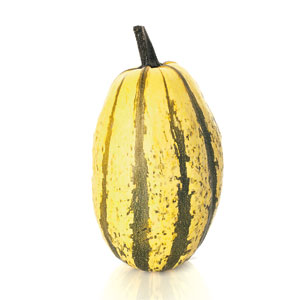 Spaghetti SquashBright-yellow flesh that breaks into noodle-like strands makes this popular squash stand out. If you’re cooking, seek out the bigger ones. Best for roasting and salads. |
Photographs by Erik Uecke.
This article appears in the November 2012 issue of The Washingtonian.









